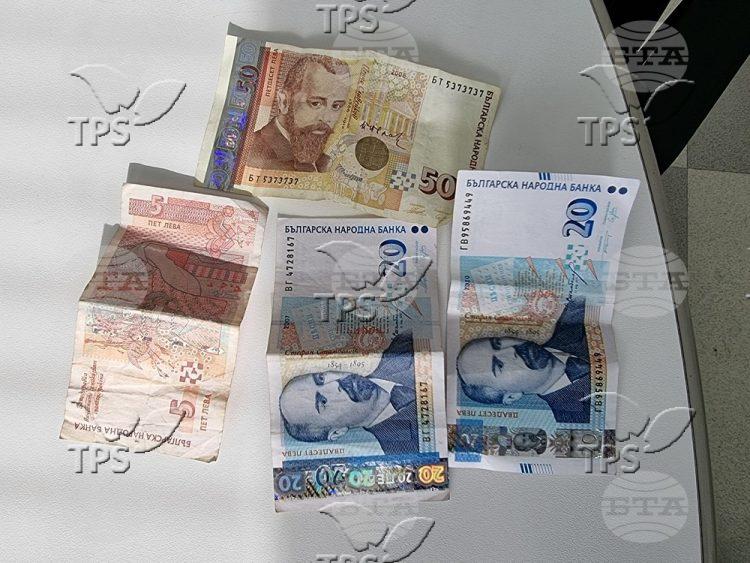Banking System Assets Top BGN 140.5 Billion at End of March
Jerusalem, 2 August, 2022 (TPS) -- SOFIA, 02.08.2022 (BTA)
In the first quarter of 2022, the assets of the Bulgarian banking system grew by BGN 5.1 billion (3.8%) to BGN 140.5 billion, the Bulgarian National Bank (BNB) said in its regular Banks in Bulgaria bulletin.
An increase in loans and advances was the main driver of assets growth, the BNB said. Compared to the end of 2021, gross loans and advances rose by BGN 5.5 billion (6.7%) to BGN 87.8 billion. Receivables from credit institutions on a quarterly basis increased by BGN 2.7 billion (41.9%) to BGN 9.2 billion at the end of March.
The gross loan portfolio of the banking system grew by BGN 2.8 billion (3.7%) to BGN 78.6 billion in the first quarter. This was mainly due to an increase in loans to non-financial corporations by BGN 1.8 billion (4.6%). There was also an increase in claims on households by BGN 905 million (3.1%) and on other financial enterprises by BGN 100 million (1.9%), while claims on the General Government sector decreased by BGN 15 million (1.6%).
In the currency structure of loans and advances, the share of claims in leva fell to 61.3% at the end of March, while the share in euro rose to 35.6% (compared to 63% and 33.6% respectively in end-December 2021). The share of loans and advances denominated in other currencies declined to 3% from 3.4% three months earlier.
Deposits in the banking system increased by BGN 4.3 billion (3.7%) to BGN 119.7 billion in the first quarter of 2022 on the back of an increase in the deposits of non-financial corporations by BGN 2.3 billion (6.6%). Other increases were registered in the deposits of other financial enterprises by BGN 714 million (18.3%), of households by BGN 664 million (1.0%), credit institutions by BGN 349 million (5.7%) and the General Government sector by BGN 294 million (9.7%).
At the end of March, the share of lev-denominated deposits was 60.1%, euro-denominated deposits accounted for 32.8%, and other currencies for 7.1%.
The banking system’s loan-to-deposit ratio remained unchanged at its end-December 2021 level of 69.4%.
The volume of non-performing exposures continues to follow a downward trend due to write-offs and loan sales, the BNB said.
Regardless of the insignificant size of the banking system’s direct exposures to counterparties from Russia and Ukraine, a credit risk may materialize due to indirect effects related to additional upward pressure on the prices of energy sources and raw materials, possible bottlenecks in supply chains and a deterioration in economic sentiment, the central bank said. In addition, the clearly emerging trend towards a global change in the interest rate cycle could impact the financial situation of borrowers through an increase in the cost of servicing loans, the analysis said.
The capital position of the banking sector remains stable as the consistently pursued policy of building capital buffers was coupled with a restriction on banks’ profit distribution, applied as a macroprudential measure in 2020 and extended in 2021. On February 23, 2022, the BNB Governing Council discontinued the restriction.
Nevertheless, the BNB will require banks that intend to pay dividend or undertake redemptions and other distributions, including from 2021 profits, to submit distribution plans, which will be subject to supervisory dialogue.
By the end of the third quarter of 2022, the countercyclical buffer applicable to domestic credit risk exposures was maintained at 0.5%. In line with the Governing Council’s decisions made in 2021 and announced 12 months before their entry into force, the buffer rate will rise to 1% from October 2022 and to 1.5% from January 2023. In the framework of the June quarterly review of the buffer rate, the BNB decided to keep it at 1.5% in the third quarter of 2023, the central bank said.


